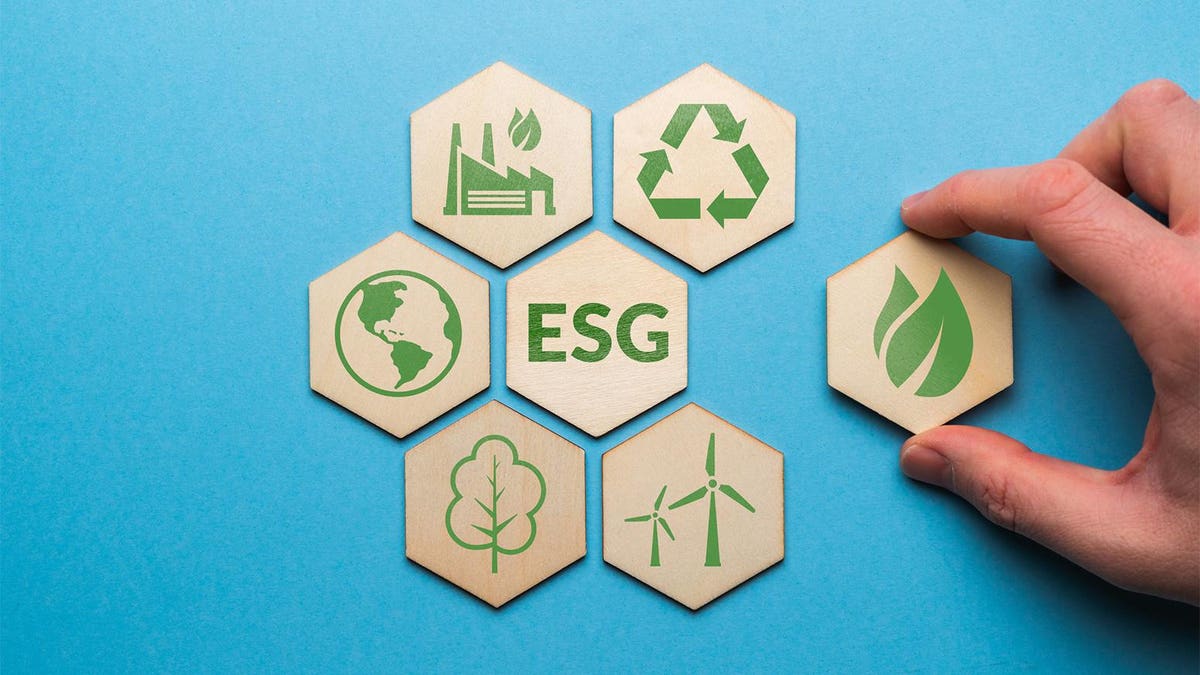Some fractures are appearing in global ESG investment, with market size estimated by Bloomberg Intelligence to hit $50 trillion in 2025. As reference, $50 trillion represents nearly a threefold increase from AUM levels of 2014.
Lagging investment performance is giving some investors pause. A recent $4 billion withdrawal from ESGU
ESGU
In another example, as of March 30, 2023, the $5.9 billion Vanguard ESG US Stock ETF (ESGV
ESGV
On top of recent performance concerns, lack of meaningful, consistent data combined with transparency issues continue to plague the ESG arena. ESG score providers are drawing renewed criticism in both the US and Europe for using inconsistent approaches. And unreliable ESG ratings can lead to greenwashing, further undermining integrity in this rapidly developing investment area.
Many asset managers and investors are sounding alarms on inconsistent ratings across information platforms. Interestingly, though Europe set the early tone on ESG reporting, the US and Europe are developing somewhat differently, though both have experienced recent major data reporting revisions.
United States
- Problems with consistency of ESG data and “drift” of ratings persist. On April 1st, MSCI
MSCI
- Man Institute released an interesting report this week—The State of ESG in the US: An Apolitical Survey on the state of ESG in the US. As background, the SEC released ESG guidance in May 2022, classifying ESG funds into three categories of “focus”, “impact” and “integration”. However, unlike Europe, the principal battleground for ESG in the US is evolving to be more policy than investment oriented. With action at the state and local levels, ESG policy has become “values-oriented”, driven by state legislators. See Figure 1 below from the report.
In the US, ESG activity seems to be focused in two developing directions:
- Focus on certain industries (i.e., boycotting industries like fossil fuels), and
- Focus on incorporating ESG factors into investment policy and proxy voting
Europe
- Even though ESG investing in Europe is not plagued by the politicization we have seen in the US, Europe has been vexed by continual revisions to incomplete rules, exacerbated by inconsistent reporting standards. As background, in 2021, the European Union started enforcing the Sustainable Finance Disclosure Regulation (“SFDR”). Three classes of ESG were created: Article 9 funds for those with ESG as their “objective”, meaning all sustainable investments with a carve-out for hedging and liquidity; Article 8 funds that “promote” ESG, a vaguer approach; and Article 6 funds for everything else.
- Morningstar estimates in the last months leading up to the January 1, 2023 deadline of funds being liable to prove ESG claims, asset managers downgraded over $190 billion of Article 9 funds. Morningstar provided further troubling information. In January, they estimated that only 6 percent of funds listed as Article 9 met that sustainable standard. And only 27 percent of funds listed as Article 8 met that standard.
For the continued flow of global money into ESG fund management, investors expect our industry to perform and to increase reporting credibility with consistent data.
Read the full article here


